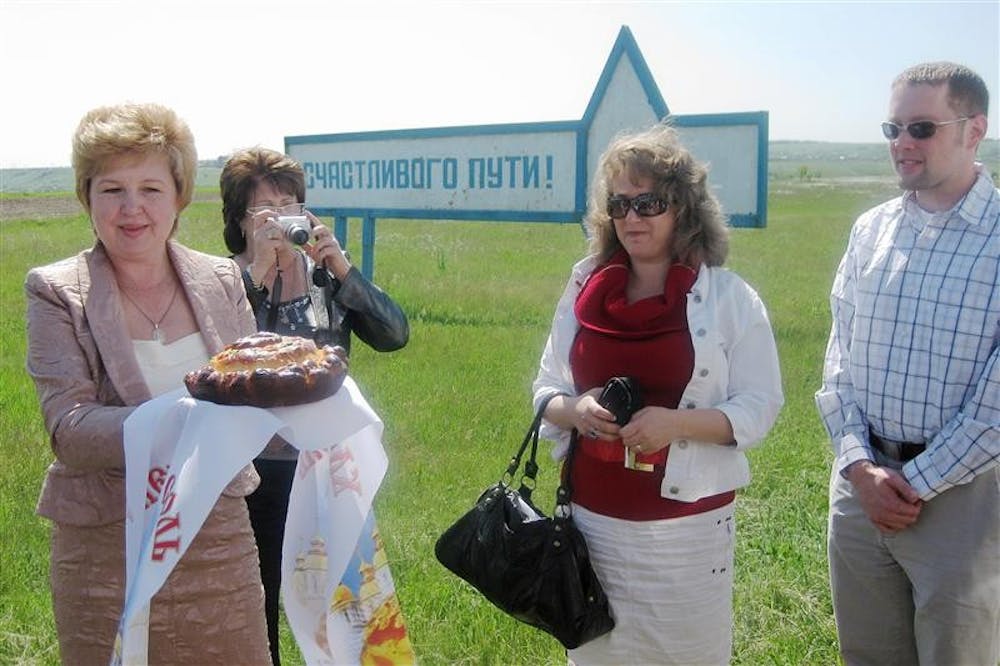ROSTOV, Russia – The debate on how best to reform health care in the United States continues two weeks after President Obama met with the CEOs of several pharmaceutical companies, insurance firms, and powerful medical lobbyist groups – including the American Medical Association.
The most “pragmatic” solution, according to the resulting agreement, is decreasing the overall cost of health care while maintaining the current level of quality.
In fact, the only semi-tangible result of that May 11 discussion between the government and health care industry leaders was a pledge, without any concrete plan, to decrease the amount of money spent on health care by $2 trillion within the next decade.
By decreasing costs, the government will lower the barriers to entry for the nearly 50 million uninsured people within the United States, putting the country well on its way to unofficial universal care.
A widely discussed means of lowering health care costs is to require every American to own some form of insurance, either from current private firms like Anthem or Aetna, from a new national system of insurance administered by the government or from a mixture of both.
Some states, such as Massachusetts, already require all citizens to own some type of coverage, which is similar in many respects to the current system in place in many Eastern European countries, like the Russian Federation.
In Russia, universal health care access is written into the constitution and is funded in part by the federal government, each municipal government, national insurance firms, private insurance firms and under-the-table “entrepreneurial activity” – bribes by patients for nicer rooms and more frequent doctor visits.
The result of universal health care with no cost to the patient is a system that provides what is called “optimal care,” which is heavily dependent on federal funding with a wide variety of quality depending on the region and population demographics.
National insurance firm Astra is one private company in the Southern Federal District of Russia that specializes in processing claims by regional hospitals. Director Gelena Pshegusova explains that in Russia, “national insurance reimburses hospitals for doctors’ salaries (which start at around $700 per month) while the federal and municipal governments cover medical technology and most other costs.”
In effect, the government gives Astra, a privately held firm founded in 1993 after the breakup of the Soviet Union, more than 1.25 billion rubles – around $50 million with an exchange rate of 32 rubles for every $1 as of May 26 – each year to pay doctor salaries. This money comes from a 3.2 percent additional income tax on all residents.
In addition, employers can buy premium private insurance from Astra to cover procedures not covered by the national program or more costly programs like paid sick leave.
The public-private program Astra is a part of what was supposed to be a transition from a Soviet system to a privatized industry; the transition has lasted more than 16 years and continues to this day.
The system is not without its flaws. Chief surgeon of Rostov City Emergency Hospital, Vladimir Simitkov, said the hospital cannot cover its costs.
When asked about how the hospital finances its projects, translated from Russian he said, “No one needs to know that.”
Similarly, Simitkov, who has studied at the University of Louisville and visited many hospitals within the United States, said discreetly that he prefers the American system because “the U.S. has much better medicine.” Fortunately for him, his hospital is relatively well-funded because it’s situated within the prosperous city of Rostov, supported by a hospital-friendly governor, and acts as the only emergency health care center for a region of more than 10 million people.
Only 5 to 7 percent of the Russia’s population is able to afford private insurance.
“National public insurance is the only ‘pragmatic’ solution to the problem of health care costs in Russia,” Chief Doctor of Provincial Hospital No. 2 Igor Pakus said.
With similar thoughts floating around the United States currently, it remains to be seen if America will emulate its Russian counterpart.
Health care debate draws lessons from Russia

Get stories like this in your inbox
Subscribe





